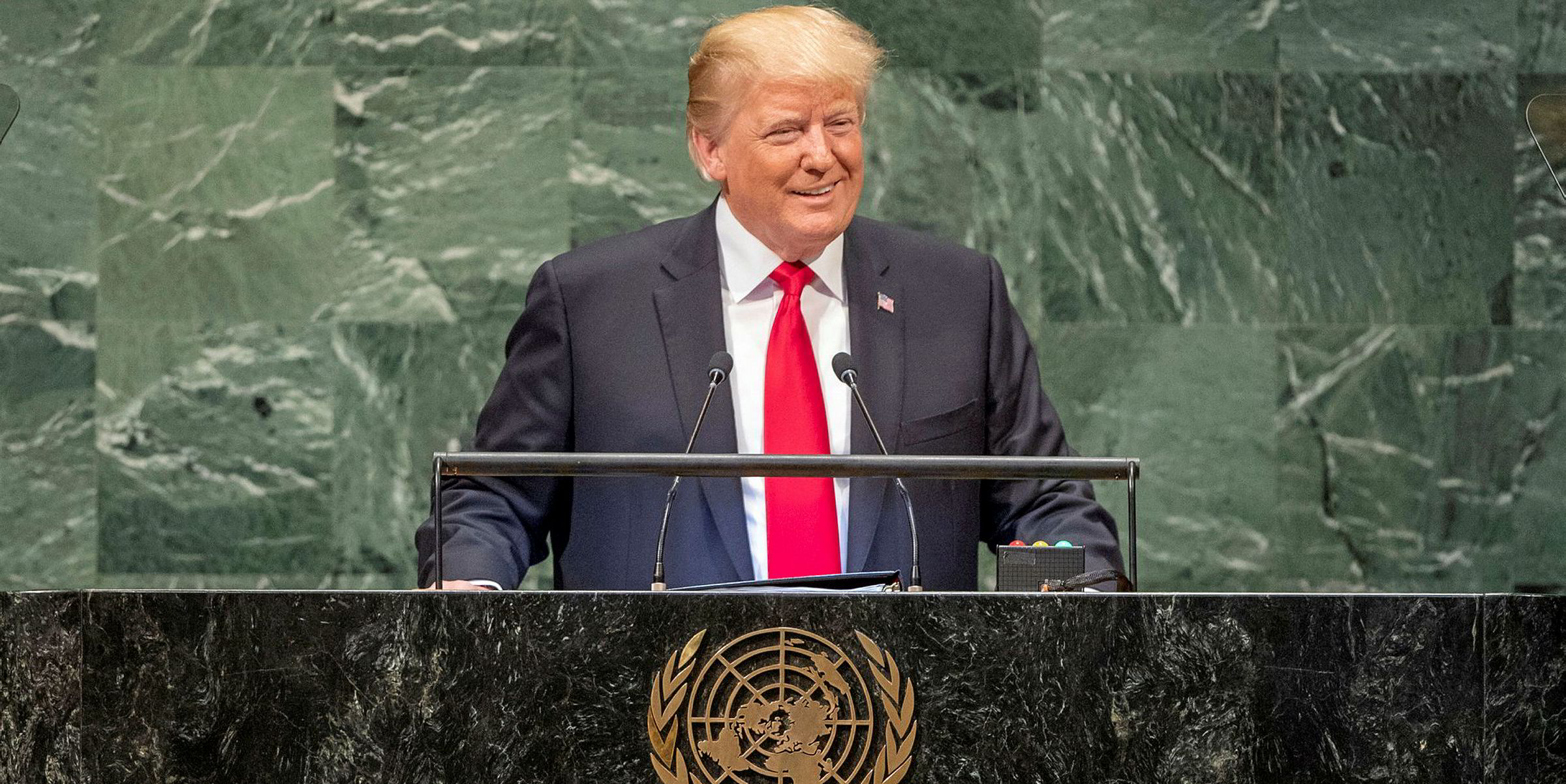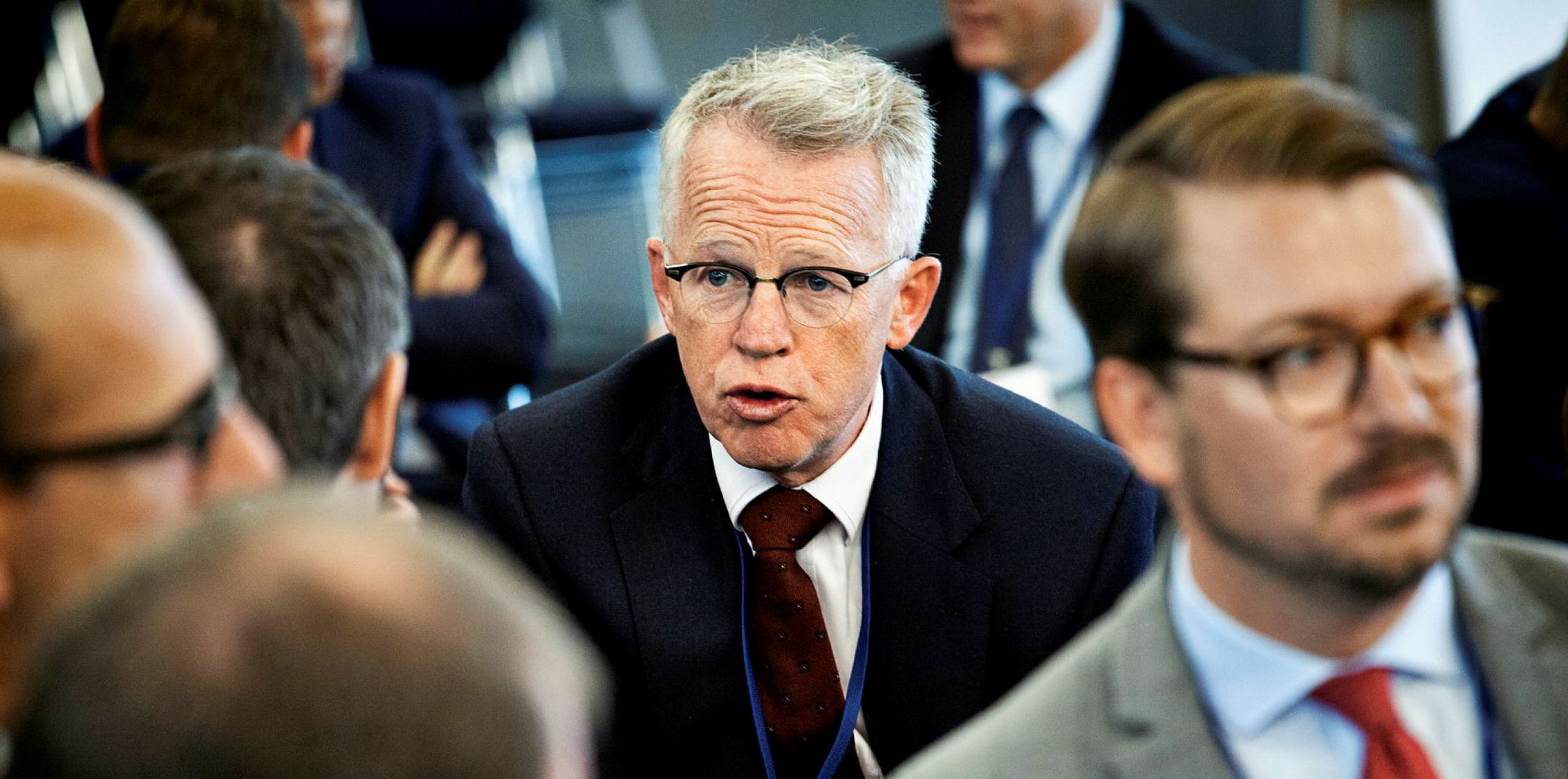How has 2018 been for you? If you are still in this business 10 years after the global financial crisis, you are likely to be an optimist, so let’s start with the good news first.
Compared with the previous two years, shipping markets have unquestionably improved, which is progress. Clarksons' benchmark ClarkSea index of earnings has steadily climbed this year to stand at $16,289 per day last Friday, well above the lacklustre average of $11,826 seen since the last quarter of 2008.
Dry bulk has strengthened, boxship rates have perked up and even product and crude tankers have rebounded lately.
Newbuilding orders are down 9% year-on-year, but scrapping has fallen 12%. The world's fleet stands at a record 1.97 billion tonnes according to Clarksons, but at least seaborne trade has grown 2.8% on 2017 to around 11.9 billion tonnes.
However, scratch a little deeper and the picture is far more nuanced, with many sectors suffering a roller-coaster year. Remember when VLCCs were effectively earning nothing, or when the capesize bulk market crashed after the BHP iron ore train derailment?
And then there has been the deep funk suffered by the product tanker market until towards the close of the year.
It has been a year for trading opportunities for ambitious players as freight rates and ship values have fluctuated. But it has also been a year of risk as investors ran scared at the market’s chronic volatility.
Despite finance being scarce for smaller players, it appears that larger operators could still attract backing from investors for the ongoing consolidation story.
Size matters
Euronav’s sweep-up of Gener8 Maritime and BW’s merger with Hafnia signalled the power of the argument that scale will matter in tomorrow’s markets even more than ever. Diamond S Shipping fusing with Capital Product Partners was another deal that delivered greater scale, but only after its investors had waited years for an exit.
That hinted at the darker mood on Wall Street. Dorian LPG remained resolute against the allure of BW LPG’s cash, and even the insistence of some of its own investors. And John Michael Radziwill’s anticipated breaking of the three-year drought of initial public offerings came to nothing when GoodBulk postponed its listing before mid-summer.
Matters have not been helped by the ongoing legal battles over Kalani Investments and the bankruptcy of Aegean Marine Petroleum.
Overall, it has been a grim year for shipping equities, even worse than the broader market. Shipping equities are down 15.5% in the year to date, according to figures from Clarksons Platou Securities, with master limited partnerships, LPG and container stocks all dragging the market down.
Dry bulk barely performed any better, with those stocks falling 13.8%, while tankers have slumped 12.5%.
If 2018 is to go down in history for anything, it will be as the year that members of the IMO finally took decisive action over previously vague promises to reduce air pollution from ships
The only glimmer of optimism has been in Oslo, where shares in some of the big crude tanker companies — both old and new — have helped lift that sector by 2.3%.
Company values
Frontline is up 42.1% this year, while newcomer Arne Fredly’s Hunter Group has risen 40.1%, although it should be noted that Hunter remains effectively a small cap stock with a market capitalisation of just $149m — less than 9% of the value of Euronav.
While his crude tankers rebounded, John Fredriksen completed the huge and complex financial restructuring of Seadrill, while Idan Ofer faced his own battle to restructure Pacific Drilling’s debts. As TradeWinds goes to press, the refinancing of Fred Olsen Energy remains in the balance.
Fuelling the uncertainty swirling around shipping markets has been both those issues unique to the industry and those felt by all.
Rising uncertainty over the sustainability of global trade growth has been worsened by US President Donald Trump’s signature punitive tariff regime not just against China, but many other friendly trading partners.
Efforts by Opec members to prop up volatile oil prices with pledges to cut production have only further added to the uncertainty.
Yet if 2018 is to go down in history for anything, it will be as the year that members of the IMO finally took decisive action over previously vague promises to reduce air pollution from ships.
Against many owners’ expectations, the IMO stuck to its pledge to demand sulphur emission cuts from 2020. It caused a stampede of owners to order exhaust gas scrubbers as it became clear there may be significant earnings from the continued use of high-sulphur fuel.
But perhaps of greater long-term significance was the IMO’s commitment to see the industry cut carbon emissions by half by 2050.
That is one story from 2018 that has only just begun, and is likely to reshape the industry in the decades ahead.






